Do you have a question about the System Sensor Innovair DH100ACDCLP and is the answer not in the manual?
Detector requires electrical power to function; fire situations can cause power interruptions.
Sensing smoke depends on ventilation system operation and a properly installed cover.
Adherence to manual, electrical, and environmental specs is critical for proper function.
Ensure air velocity is within 100 to 4000 FPM by checking specifications or using a velocity meter.
Use the provided template to mark and drill mounting holes on the duct for the detector.
Install the plastic sampling tube into the housing bushing, aligning holes and securing with a screw.
Slide foam gaskets over tube bushings and use machine screws to attach the detector housing to the duct.
Drill a 3/4" hole on the opposite side of the duct and manage tube length for proper drainage and fit.
Requires work inside the duct using the ST-10 tube; manage end plug and support for tubes longer than duct width.
Key functional tests to verify smoke detection capability and air flow.
Measure differential pressure between sampling tubes to verify sufficient air flow (0.0015-1.2 in. water).
Introduce aerosol smoke to confirm air is flowing and the detector alarms, then reset and clean.
Crucial tests to verify the detector's operational states and responsiveness.
Check for flashing green LED (standby) or verify trouble conditions like missing cover or defective unit.
Use a magnet to test the alarm function and verify accessory activation.
Utilize RTS451/RTS451KEY for testing alarm capability and resetting the detector.
Connect SSK451 for sounder, key-activated test/reset, and visual LED indications.
Use MOD400R test module to check detector sensitivity and identify cleaning needs.
Inspect, clean, or replace sampling tube filters as needed to maintain performance.
Gently remove screen and photo chamber; vacuum and clean with compressed air.
Remove two screws, gently pull board, align new board, and secure with screws.
Disconnect wiring, remove screws, pull board, align new board, secure, and reconnect wiring.
Detector requires electrical power to function; fire situations can cause power interruptions.
Sensing smoke depends on ventilation system operation and a properly installed cover.
Adherence to manual, electrical, and environmental specs is critical for proper function.
Ensure air velocity is within 100 to 4000 FPM by checking specifications or using a velocity meter.
Use the provided template to mark and drill mounting holes on the duct for the detector.
Install the plastic sampling tube into the housing bushing, aligning holes and securing with a screw.
Slide foam gaskets over tube bushings and use machine screws to attach the detector housing to the duct.
Drill a 3/4" hole on the opposite side of the duct and manage tube length for proper drainage and fit.
Requires work inside the duct using the ST-10 tube; manage end plug and support for tubes longer than duct width.
Key functional tests to verify smoke detection capability and air flow.
Measure differential pressure between sampling tubes to verify sufficient air flow (0.0015-1.2 in. water).
Introduce aerosol smoke to confirm air is flowing and the detector alarms, then reset and clean.
Crucial tests to verify the detector's operational states and responsiveness.
Check for flashing green LED (standby) or verify trouble conditions like missing cover or defective unit.
Use a magnet to test the alarm function and verify accessory activation.
Utilize RTS451/RTS451KEY for testing alarm capability and resetting the detector.
Connect SSK451 for sounder, key-activated test/reset, and visual LED indications.
Use MOD400R test module to check detector sensitivity and identify cleaning needs.
Inspect, clean, or replace sampling tube filters as needed to maintain performance.
Gently remove screen and photo chamber; vacuum and clean with compressed air.
Remove two screws, gently pull board, align new board, and secure with screws.
Disconnect wiring, remove screws, pull board, align new board, secure, and reconnect wiring.
| Brand | System Sensor |
|---|---|
| Model | Innovair DH100ACDCLP |
| Category | Smoke Alarm |
| Language | English |

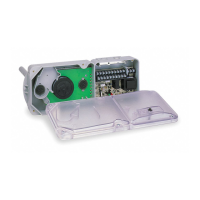
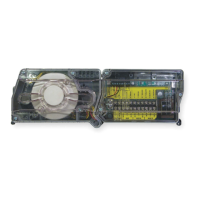
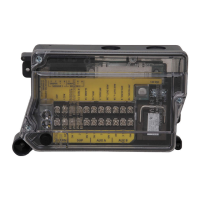
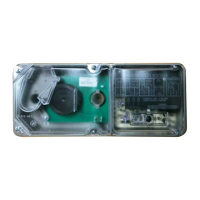
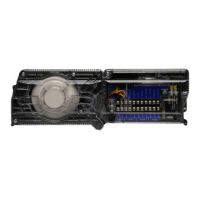

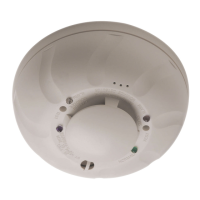
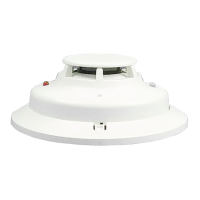
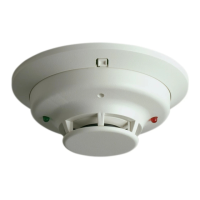

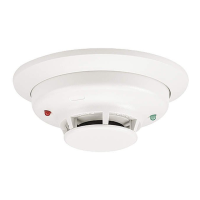
